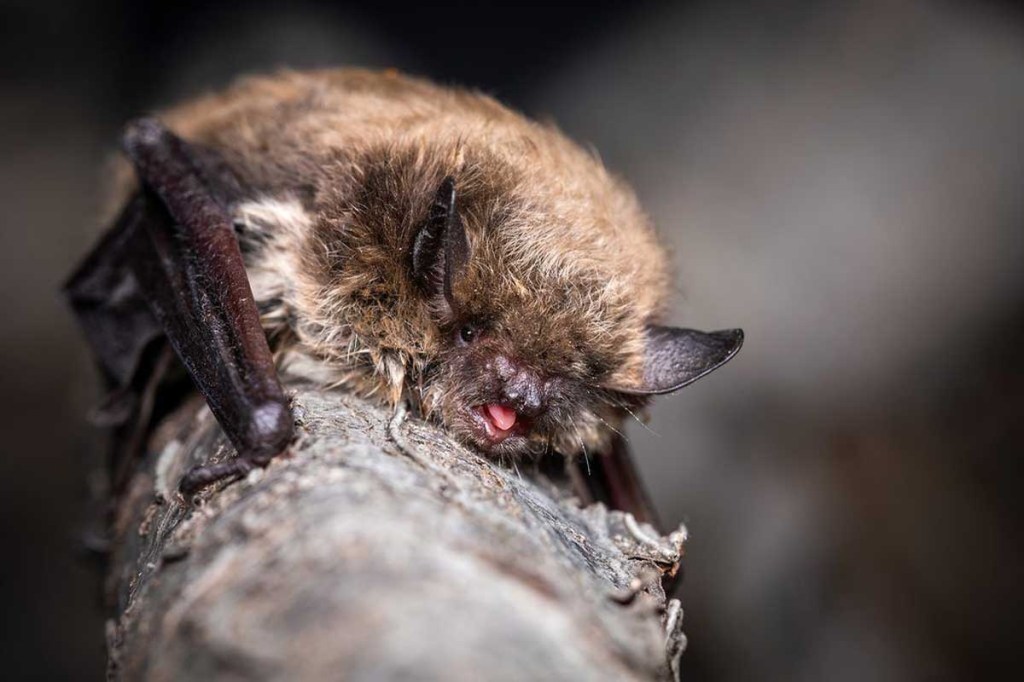Alabama’s bats offer more than Halloween fun
Published 11:54 am Thursday, October 31, 2024

- With 16 bat species flying around the Alabama skies, people may wonder are they friends or foes.
Bats are the unofficial mascots of Halloween. From appearing in television shows and movies to incorporation in Halloween décor, it is easy to see why people are fascinated with bats. However, how much do people truly know about these flying creatures?
Common Myths
Trending
Wesley Anderson, an Alabama Cooperative Extension System wildlife specialist, said many of the portrayals of bats are not the most accurate.
“There are few other animals out there with more myths surrounding them than bats,” Anderson. “No, bats aren’t blind. They can see just fine. At night, they also use echolocation while out hunting for food. Also, no matter what Barney Fife says, they won’t get stuck in your hair and lay eggs.”
As for Dracula and the other vampires that famously transform into bats, there is a slight truth to the eating-blood storyline. There is a small group, fittingly known as vampire bats, that eat blood.
“Instead of sucking blood, vampire bats will create a small cut with their teeth then lap the blood,” Anderson said. “Fortunately for Alabamians, the closest vampire bats are in Mexico. Unless you are traveling south of the border, the chance of you encountering a real-life vampire is tiny.”
Bats of Alabama
Bats are mammals that are widely found across the globe. A fun fact is that they are the only mammals that are capable of true flight. In Alabama, there are 16 bat species, with the northern half of the state having the highest diversity of species. Anderson said the more common ones in the state include big brown bats, Brazilian/Mexican free-tailed bats, eastern red bats and evening bats.
“Free-tailed bats are the ones that often take up residence in big bat barns, where there can be hundreds of thousands of bats,” Anderson said. “They often use other human-made structures, too. For example, there is a colony of 1.5 million bats in Austin, Texas that lives under a bridge.”
Unfortunately, conservation efforts are needed to protect many of the species in Alabama. In fact, 10 of the 16 species have some level of protection, either from the state government or both the state and federal governments.
“Three Alabama species are currently threatened with extinction and are listed under the Endangered Species Act,” Anderson said. “Those species include the gray bat, Indiana bat and the northern long-eared bat. Many of these species are threatened by a fungus that causes the disease, white-nose syndrome.”
For more information on conservation efforts in the state, visit the Alabama Department of Conservation and Natural Resources website, www.outdooralabama.com.
Bats of Halloween
There are two kinds of bats that people generally associate with Halloween or their favorite spooky movie or show. The first kind is the bat that people see flying in a large group out of a cave or haunted house. In the real-world, many of the bat species fall into this type, including most of the ones that live in Alabama. Anderson said they are relatively small, with a dark, mouse-sized body and a wingspan of about 6 inches.
“The other kind that people may think of are the giant bats known as fruit bats or flying foxes,” Anderson said. “Another term for them is megabats, which is appropriate because they can have a wingspan of over 5 feet.”
Alabama residents do not have to worry about these larger bats. They can only be found in places like Africa, Asia and Australia.
Friends of Foes?
With 16 bat species flying around the Alabama skies, people may wonder are they friends or foes. Anderson said bats are almost always friends.
“Bats offer some of the best free pest control that we have,” Anderson said. “In general, they do have diverse diets. However, for those eating insects, they need to consume 120% of their body weight per day. That is a lot of insects removed at no charge.”
This pest control makes positive impacts to many areas of human life, including those in the agricultural industry. According to the United States Geological Survey, bats save U.S. agriculturalists billions of dollars in pest control each year. Some estimates say it could be as much as $53 billion annually.
With the benefits they offer, there are two instances when Alabama’s native bats are not friends. Anderson said one of those instances is when they get into houses and other structures.
“If that happens, it is usually best to call a qualified nuisance wildlife operator, as bat problems can be tricky,” Anderson said.
While it is rare, the other time bats are not friends is when rabies is involved. Less than 1% of bats will test positive for rabies. However, Anderson said they are one of the more common mammals to contract the disease.
“For this reason, it is especially important to seek prompt medical treatment if a bite from a bat is observed or even suspected,” he said.
More Information
For more information, check out the Alabama Bats poster at www.aces.edu. There, you can learn more about these flying creatures and the environments that they live in.


